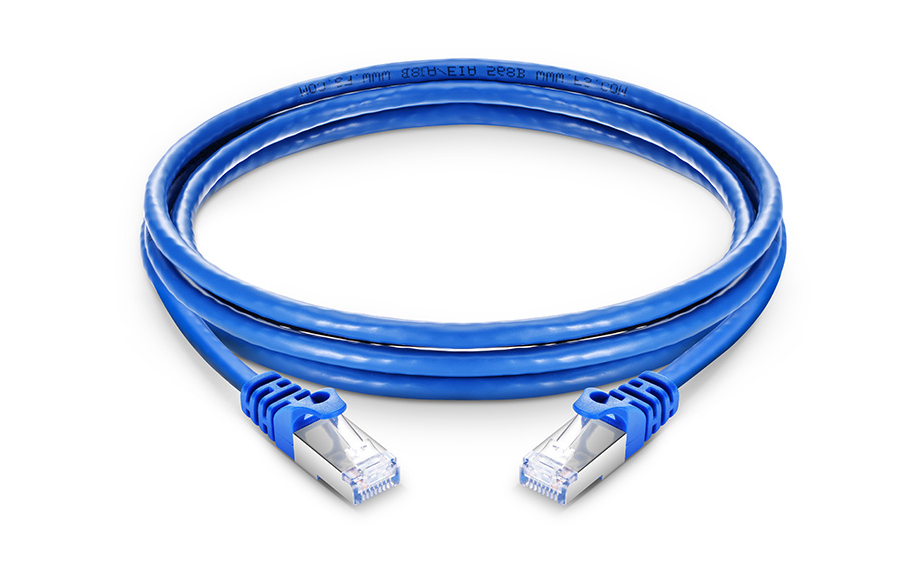Why need the underground cable locator in our life. Because more and more underground cable as for the load was increased, their own aging and barbaric construction lead cable often fails is not the normal power supply, thus affecting the living and plant shutdowns, immeasurable loss is caused by the mining and other research units.Now an underground cable locator tester can help you to find the question cable.
FiberStore Underground Wire Tracer NF-816 can be used for testing different types of faults in cables like continuity, dislocation, open circuit, short circuit, cable pairing faults, or indications like shielding indication, straight cable/ cross over cable indication, etc. It can help us quickly to find the questions of the fiber optic cable.
About Underground Wire Locator:
The Underground Wire Tracer/Underground Cable Locator is designed to locate the path of non-energized wires behind walls and underground. The 816 is also capable of locating a specific circuit breaker, pinpointing wires before drilling and verifying dig sites underground. The effective range is up to 3 feet deep and up to 1000 feet in length.
Since its development, the unit consists of a transmitter, model 816T, is equipped with a thumb wheel switch for turning the unit on and adjusting the output level on the front of the unit for use with the large alligator clip leads. Push the switch to select to test”Cable Scan” or”Battery Test” The transmitter is constructed of high impact plastic and is powered by one 9V battery.
The receiver, model 816R, is equipped with a thumb wheel switch for turning the unit on and adjusting the receiver gain. The tracking antenna is attached to the receiver with a 3-foot long cable(such as Cat 7 patch cable). Also is equipped with a White LED light and a external earphone, The receiver has been designed to filter AC power related noise. The receiver is constructed of high impact plastic and is powered by one 9V battery.
The alligator clip leads are available to connect the transmitter to electrical wire, CATV coax, telephone drops, irrigation control wires or metallic pipes.
This locating system is packaged in a toolkit & box with extra batteries, external earphone and has operating instructions in the behind of the toolkit.
Key Features
- Find wire on all types of connected operating Ethernet switch /Router/PC terminal
- Rapidly find the target wire from among plenty of telephone wires
- Rapidly find the target wire from among plenty of network wires
- It can take place of cable tester
- Compare the volume of the “tout” sound and the brightness of the signal indicator. Then you can find the target wire which has the highest volume and brightest indicator
Functions
- Trace telephone wire/LAN cable
- Trace wire in electrical system
- Verify LAN cable condition
- Continuity test
- DC level testing function
- Bright white LED flash light
Specification
- Output voltage(open circuit): 9Vp-p
- Carrier: 44.75KHz
- Audio modulation: 900HZ
- Battery: 9V DC
- Battery Life (nominal):816T (35 hrs); 816R (20 hrs)
- Size: transmitter: 49*125*33 mm receiver: 43*168*27mm
- Color: yellow+ black
If you need any work that might risk you running into an electric cable, do yourself a favor and check first with the help of an underground wire tracer. For more info about Underground Cable Locator NF-816, or need some cheap fiber optic cable. Please contact the sales via sales@fs.com, we will answer your questions as soon as possible.

